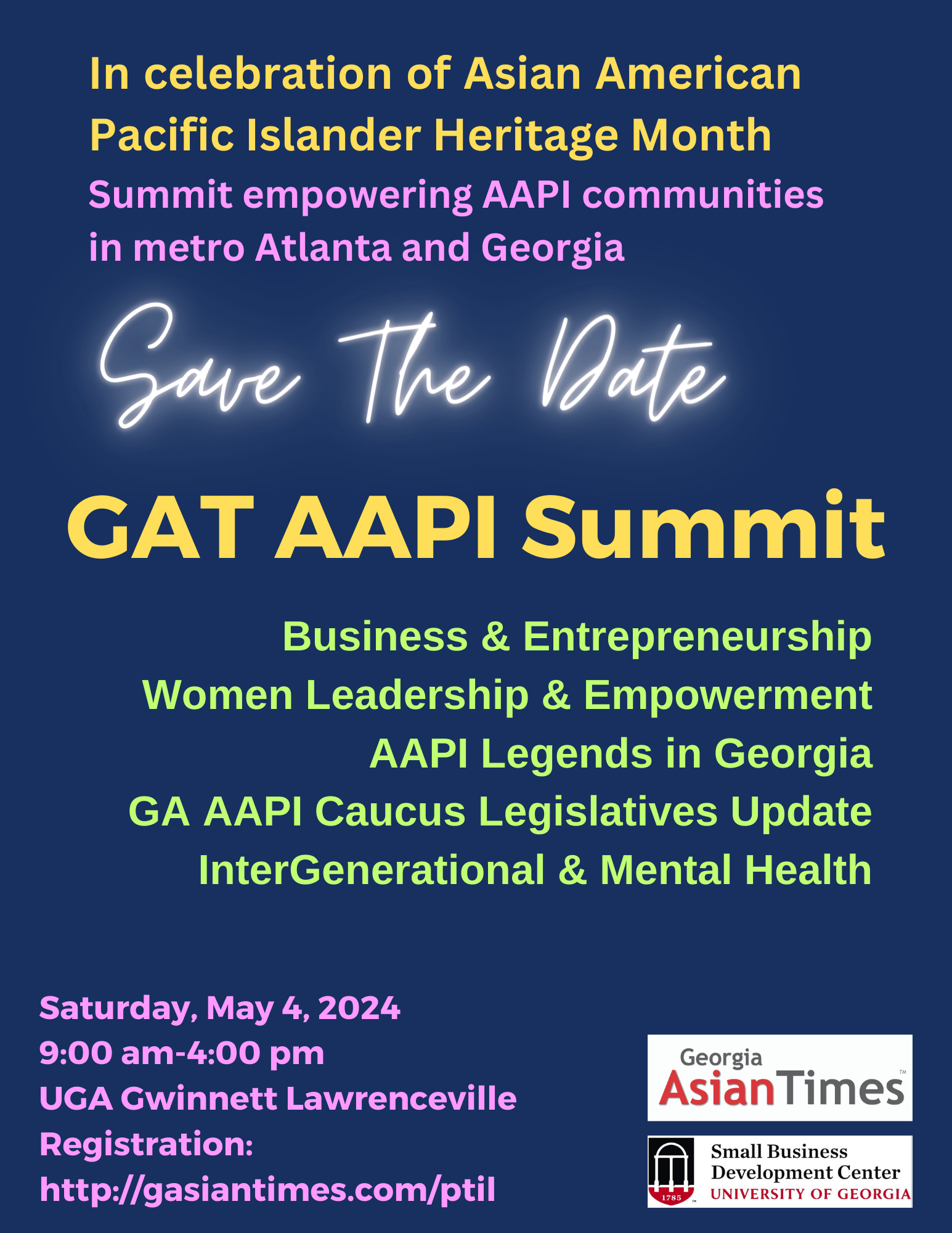Less than 10% of U.S. stroke patients get a treatment that evidence shows is most effective for a certain type of stroke – and the odds are even lower for patients who are black and Hispanic, a U.S. study suggests.
Researchers focused on patients with ischemic strokes, the most common kind, which occur when a clot blocks an artery carrying blood to the brain. Patients have the best survival odds and fewer lasting impairments when they quickly receive anti-clotting drugs and a procedure known as mechanical thrombectomy to remove the clot and open blocked vessels, restoring blood flow to the brain.
Previous research has found non-white patients are less likely than white patients to receive anti-clotting drugs. The current analysis examined racial disparities in access to thrombectomy, a more recent addition to stroke regimens that isn’t yet widely used.
Overall, only 8.4% of all stroke patients in the current study had a thrombectomy. But thrombectomy rates were 7% for black Hispanic patients compared with 9.8% for white patients.
“This matters because acute stroke from large vessel occlusion (i.e. blockage of the large arteries supplying the brain) is the most devastating form of stroke if left untreated,” said senior study author Dr. Waleed Brinjikji, from the Mayo Clinic in Rochester, Minnesota.
“However, with prompt treatment, about 50% of patients are able to return to their normal life and normal daily activities,” Brinjikji said by email. “Without treatment, patients invariably suffer permanent disability or death.”
Slightly more than half of the patients who got a thrombectomy in the study were women, 57% were white and 26% were black or Hispanic.
White patients treated with thrombectomy were more likely to have private insurance or Medicaid, the state-run insurance program for people with low incomes.
Only 15% of thrombectomy patients were uninsured or covered by Medicaid, while 24% had private health insurance and 58% had Medicare, the federal insurance for seniors.
For the study, researchers examined data on 206,853 patients hospitalized for strokes between 2016 and 2018. Thrombectomy has become more common since 2015 as more clinical trials have shown better survival and long-term outcomes with anti-clotting drugs and thrombectomy than with anti-clotting drugs alone, Brinjikji said.
It’s possible that thrombectomy rates were lower for black and Hispanic patients because it took them longer to get to the hospital and see a doctor, researchers note in the journal Stroke. There’s a narrow window of time after a stroke when anti-clotting therapy or thrombectomy can be done and still benefit patients.
Notably, when researchers compared only patients who did receive anticlotting drugs, there were no racial or ethnic disparities in who received thrombectomy.
One limitation of the study is that researchers lacked data on how many stroke patients had blockages in the large vessels supplying blood to the brain. These are the only ones who would be eligible for thrombectomy.
Even so, the study results suggest that many people who need thrombectomy are not getting it, and that minorities face the longest odds, said Dr. Salvador Cruz-Flores, author of an accompanying editorial and founding chair of the neurology department at Texas Tech University Health Sciences Center El Paso.
Previous research has found minorities have less access to specialists and longer wait times in emergency rooms, as well as less access to recommended treatments for preventing stroke, Cruz-Flores said by email. The current study offers fresh evidence that they also lack access to recommended treatment right after a stroke.
Missing out on anti-clotting drugs or thrombectomy dramatically reduces survival odds and increases the chances of severe disability if people do survive, Cruz-Flores said.
“Thrombectomy is important because this treatment is efficacious in decreasing the disability of stroke and increases the chances of living with no or minimal disability,” Cruz-Flores said. “If minorities have less access to this treatment, patients in minority groups will have more disability.” – Reuters




















